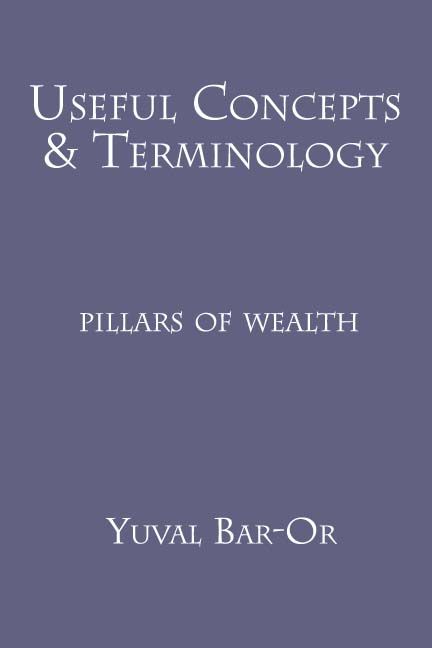
Time Value of Money
Time value of money, introduced in Chapter 2, refers to the observation that timing—when money is received—influences its value or purchasing power. This concept is based on the idea that a dollar received today can be invested to yield a future value which is greater than a dollar. Alternatively, a dollar promised in the future has a lower corresponding value in the present. Calculating future value requires compounding while calculating present value requires discounting. These are described below.
An important observation is that we cannot add or subtract dollar amounts that are promised or expected at different time points. We must first use compounding and discounting to convert all relevant cash flows to a common time point, and only then can we combine them.
By convention we convert all expected cash flows associated with an investment to the present time frame. That is, we calculate the Present Value of all future expected cash flows.